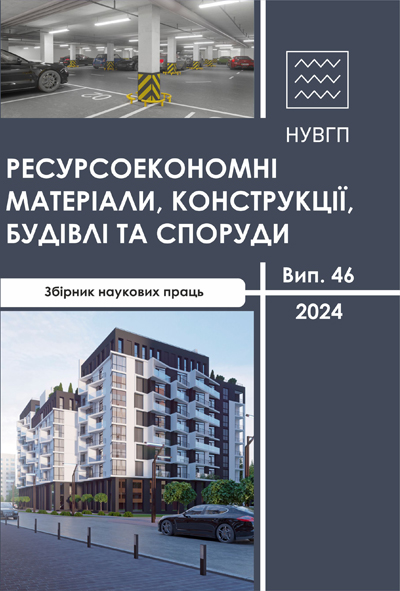THE INFLUENCE OF CHOOSING THE OPTIMAL DOSE OF ACTIVATED SLUDGE IN AERATION TANKS ON MAKING DESIGN DECISIONS DURING RECONSTRUCTION OF WASTEWATER TREATMENT PLANTS
DOI:
https://doi.org/10.31713/budres.v0i46.51Abstract
The optimal dose of activated sludge in the aeration tank should provide the balance between the efficiency of biological wastewater treatment in the aeration tank and the good sedimentation properties of the sludge in the secondary settling tank. If the designers are not take into account this factor it can lead sometimes to making of irrational design decisions and unnecessary complication of the technological scheme of treatment facilities on the example of the project of reconstruction of water treatment facilities of one of the large cities of Ukraine. Thus, the excessive dose of sludge taken in the design led to the insufficient capacity of the existing six secondary settling tanks of the first technological line of the treatment plant. That is why the complex scheme of redistribution of part of the sludge mixture from the aeration tank of the first technological line of the treatment plant to ten secondary settling tanks of the second technological line was provided in the design. Such a decision led to the need for the new construction of two pumping stations for pumping the sludge mixture and return activated sludge, which caused certain objections of the design customer. The paper shows that reducing the calculated dose of activated sludge in the aeration tank allows increasing the allowable hydraulic load on the surface of the secondary settling tanks of the first technological line and increasing their capacity to the desired value. At the same time, as the aeration tank’s capacity decreases, it remains sufficient to pass the design flow rate while ensuring the standard quality of treated wastewater. This allows refusing the use of a complex hydraulic load redistribution scheme between the secondary settling tanks of the first and second technological lines of treatment facilities and significantly simplify their further operation.

